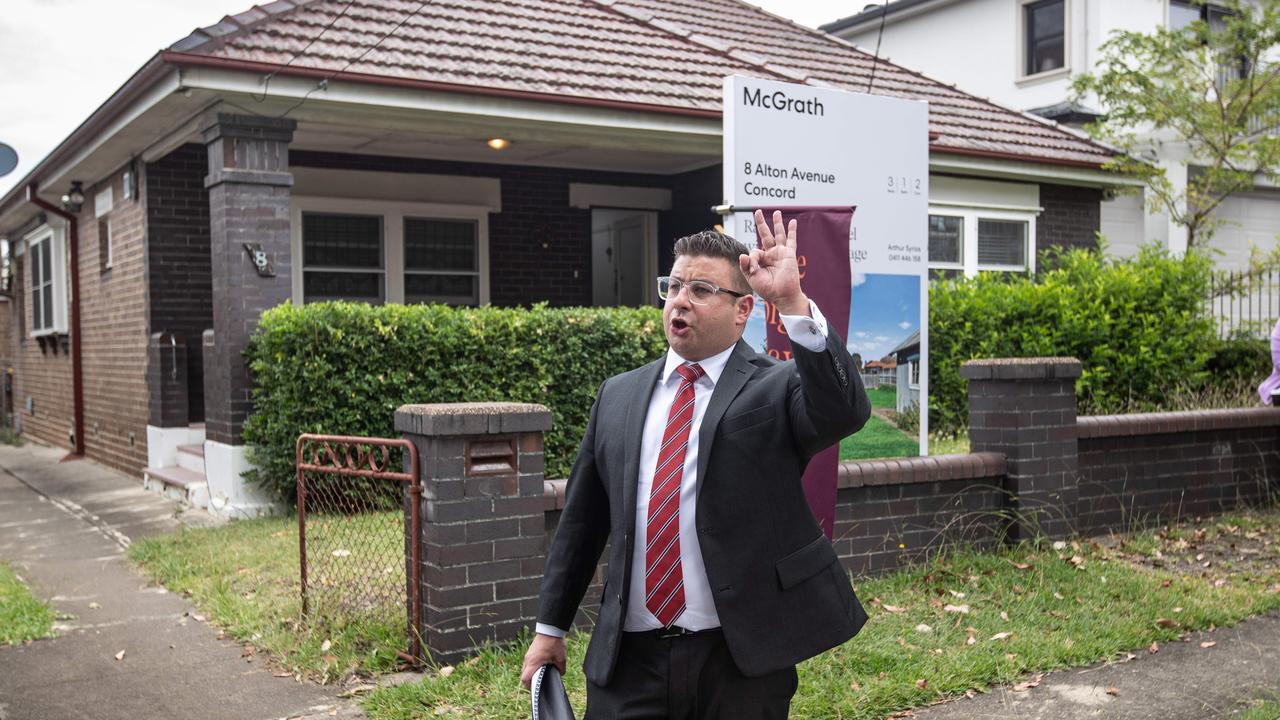The trap for couples hidden within the new super tax on balances over $3m

Division 296 legislation is currently going through federal parliament and adds an additional 15 per cent tax to the portion of earnings and gains above $3m within super.
The farm sector, along with small business owners and experienced investors, is particularly worried that the taxation of unrealised gains may force primary producers to sell their land assets in order to pay their new tax bill.
National Farmers Federation president David Jochinke says: “Thousands of farms across Australia are currently held in a self-managed superannuation fund (SMSF) and are often leased to the next generation, providing both retirement income as well as an opportunity for the next generation to take over the business.
“Retirees who built their super balances in good faith to avoid relying upon the government in retirement not only have to navigate potential super retirement taxes but also need to plan for taxes after they die.”
The transfer balance cap was introduced in 2017. It placed a $1.9m limit on the amount of tax-free super people can generate in retirement (tax kicks in at 15 per cent on earnings above $1.9m).
With the likely introduction of the Div 296 tax – which adds a new 15 per cent tax on the earnings on the proportion of the fund above $3m – it is important to remember that super caps are per person and that no extra allowance is given when a spouse dies.
Let’s say a couple owns a $3.5m property in equal shares via their SMSF as their main retirement asset. Rental income in the pension phase is tax-free as their individual super balances of $1.75m is below the $1.9m transfer balance cap. Furthermore, no CGT applies if they decide to sell the SMSF property.
However, if one spouse dies, the surviving spouse suddenly faces thousands of dollars in new taxes each year. The usual mechanism for the transfer of a super balance in retirement is via a reversionary pension nomination. The surviving spouse would take over the pension account of the deceased spouse.
In this situation, the tax issue is created because the surviving spouse now has $3.5m in super. The government provides a 12-month grace period to remove the excess above $1.9m and although the SMSF property does not need to be sold, the widow needs to commute $1.6m of her account-based pension account on paper back to the accumulation phase which gets taxed at 15 per cent. It sounds confusing because it is.
In addition, up to 15 per cent CGT applies on the value of the SMSF property above $1.9m if the widow chooses to sell it. And as a kicker, the new Div 296 tax creates an extra annual tax for the widow to pay on the portion of property value and income above $3m for every year she keeps it.
This tax is also to be based on unrealised gains which opens up a whole new layer of complexity.
And just when you thought it could not get any more confusing, further taxes can apply when the surviving spouse passes away.
Adult children who are not financially dependent have to pay tax on a portion of super payouts. Known as the “taxable component”, this super component is usually derived from concessional contributions such as salary sacrificing and is taxed at 17 per cent when received by non-dependants such as adult children.
A common strategy to try to reduce the 17 per cent tax is known as the recontribution strategy, whereby lump-sum amounts are withdrawn from super while alive and contributed back to increase the “tax-free” component of super. However, given that contribution caps have been shrinking, it is harder to employ this strategy.
In 2008, the after-tax super cap was $150,000. Fast forward 16 years and the cap is only $120,000.
If CPI increases were applied, the after-tax cap would be approximately $221,000. Restricting the super contribution caps has the unintended consequence of limiting the ability for people to use the recontribution strategy as a means to try to minimise tax on their super when it’s received by non-dependent children.
As we can see, there are several super tax issues that can emerge when people die. A spouse dying can push the surviving spouse over super caps and the transition of super to the next generation can trigger further taxes due to the taxable super component.
People need to think carefully about their estate plans and how to structure their will in an attempt to minimise taxes on super benefits.
Planning ahead by receiving financial advice is recommended so that structures such as family trusts can be explored and estate planning advice is also recommended.
James Gerrard is principal and director of planning firm financialadvisor.com.au





Although Australia has no formal inheritance tax, unlike Britain where 40 per cent tax is charged on the value of estates above £325,000 ($633,000), various changes to superannuation rules are creating a quasi-inheritance tax system.